What You Need to Know About Battery Terminals
Understanding battery terminals is crucial for ensuring the optimal performance and longevity of your vehicle's electrical system. In this comprehensive guide, we will delve into the various types of battery terminals, their maintenance, common issues, and solutions to keep your battery functioning efficiently.
- Understanding Battery Terminals
- Maintenance of Battery Terminals
- Common Issues with Battery Terminals
- Replacing Battery Terminals
Understanding Battery Terminals
What Are Battery Terminals?
Battery terminals are the connection points between a battery and the electrical system of a vehicle or device. They facilitate the flow of electricity from the battery to power various components.
Common Types of Battery Terminals
Top Post Terminals: These are the most common type, featuring cylindrical posts on the top of the battery.
Side Post Terminals: Found on some vehicles, these terminals are located on the side of the battery.
Stud Terminals: Typically used in industrial applications, they consist of threaded bolts for secure connections.
Lug Terminals: Flat connectors that are bolted onto the battery, often used in solar power systems.
Button Terminals: Small, round terminals found on certain sealed batteries.
>>See also How Long Does a 36V Golf Cart Battery Last
Maintenance of Battery Terminals
Importance of Regular Maintenance
Regular maintenance of battery terminals ensures a reliable electrical connection and prevents issues such as starting problems or electrical failures.
Cleaning Battery Terminals
Safety First: Always wear protective gloves and eyewear.
Disconnect the Battery: Start by disconnecting the negative terminal, followed by the positive.
Inspect for Corrosion: Look for white or greenish deposits, which indicate corrosion.
Cleaning Solution: Mix baking soda with water to create a cleaning solution.
Scrub the Terminals: Use a wire brush to clean the terminals thoroughly.
Rinse and Dry: Rinse with clean water and dry with a cloth.
Reconnect the Battery: Connect the positive terminal first, followed by the negative.
Preventing Corrosion
Apply Protective Coating: Use petroleum jelly or a commercial anti-corrosion spray on the terminals.
Use Terminal Protectors: Install felt washers soaked in anti-corrosion compound around the terminals.
Regular Inspections: Check the terminals periodically for signs of corrosion or looseness.
Common Issues with Battery Terminals
Corrosion
Corrosion is a common issue that can impede the flow of electricity. It often appears as a white or bluish powder on the terminals. Regular cleaning and application of protective coatings can prevent this problem.
Loose Connections
Loose terminal connections can lead to intermittent electrical issues. Ensure that the terminals are securely fastened to maintain a stable connection.
Physical Damage
Cracks or breaks in the terminals can compromise the electrical connection. In such cases, replacing the damaged terminals is necessary.
Replacing Battery Terminals
When to Replace
Severe Corrosion: If cleaning does not restore functionality.
Physical Damage: Cracks or breaks that compromise connectivity.
Persistent Electrical Issues: Frequent problems like flickering lights or difficulty starting engines may indicate terminal failure.
How to Replace
Purchase the Correct Terminals: Ensure compatibility with your battery type.
Disconnect the Battery: Remove the negative terminal first, then the positive.
Remove Old Terminals: Loosen and remove the old terminals from the battery posts.
Install New Terminals: Attach the new terminals securely to the battery posts.
Reconnect the Battery: Connect the positive terminal first, followed by the negative.
>>See also Essential Facts About the 18650 Battery
Safety Tips
Avoid Short Circuits: Never allow tools or metal objects to touch both terminals simultaneously.
Proper Tools: Use insulated tools to prevent accidental short circuits.
Ventilation: Work in a well-ventilated area to avoid inhaling harmful gases.
Battery terminals play a vital role in the performance and reliability of your vehicle's electrical system. Regular maintenance, including cleaning and inspection, can prevent common issues such as corrosion and loose connections. Understanding the different types of battery terminals and knowing when to replace them ensures that your vehicle remains in optimal condition. By taking proactive steps, you can extend the lifespan of your battery and avoid unexpected breakdowns.

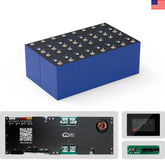



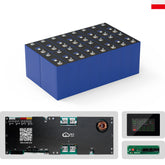

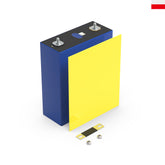

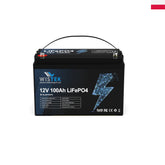
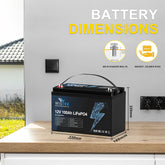


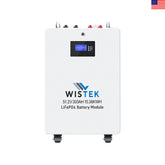
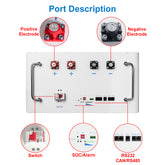
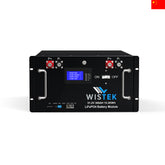
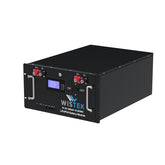


Leave a comment
All blog comments are checked prior to publishing